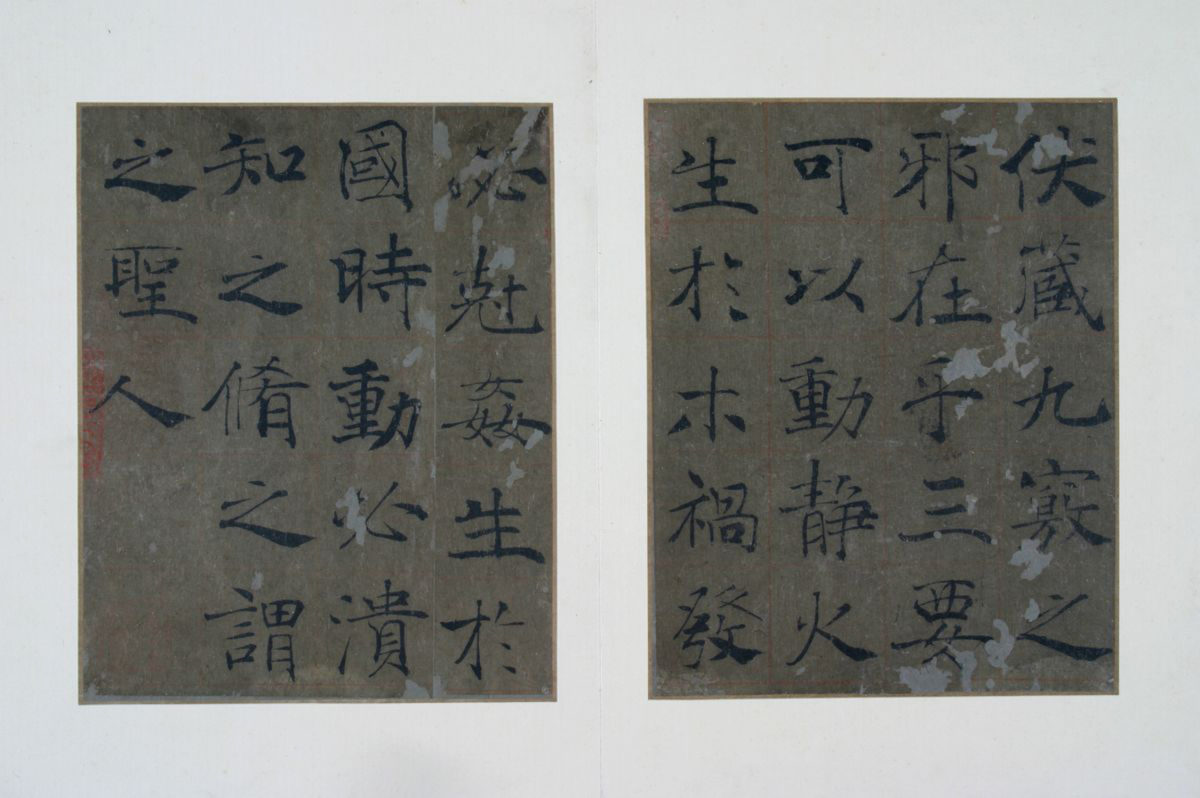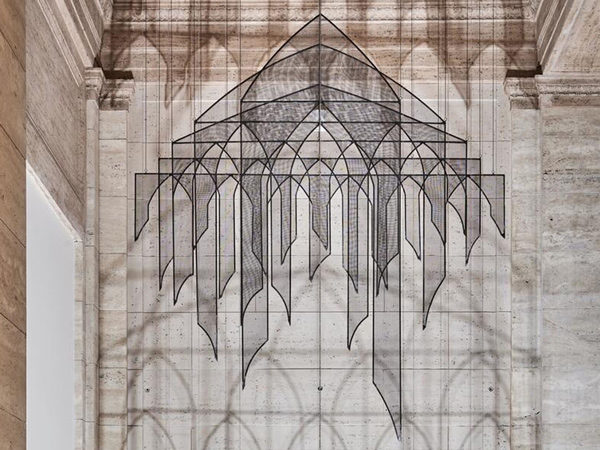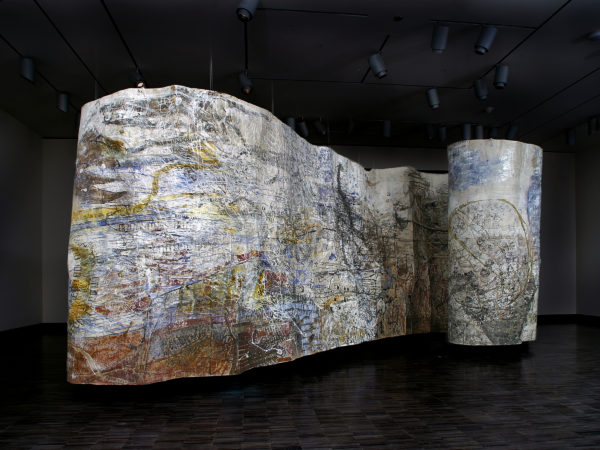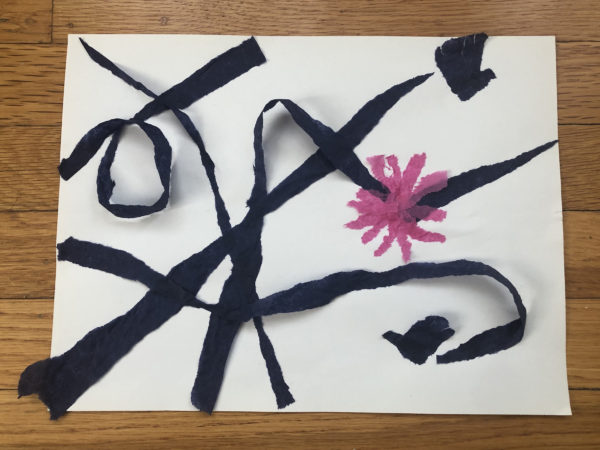Activity
Scripture of the Hidden Talisman

Who was the calligrapher?
Chu Suiliang (596–658) was one of a group of Tang dynasty (618-906) calligraphers who worked at court. Among the elder members of this group were Ou-yang Xun and Yu Shi-nan. Ou-yang (557–641) had served at the Sui court (the Sui dynasty had unified China before the Tang, after several centuries of division) and was knighted by Tang emperor Taizong at the age of 85. His works survive through copies on stone steles. He is known for his solid, firm style of calligraphy.
The work seen here is typical of Chu Suiliang style, characterized by delicate strokes that start thinly before ending with more emphasis and weight. Chu Suiliang’s characters are written in standard script, as befits an official document. Despite the regular script style, there is still room for individual expression. Chu was very familiar with the cursive or running script made famous by Wang Xizhi. His writing can be viewed as an amalgamation of Wang Xizhi’s fluid brushwork with the more angular, hard-edge style associated with official carvings on stone monuments, temples, and tombs. His work is both profound and yet graceful at the same time.
The actual content of Chu Suilang’s writing here is the “Scripture of the Hidden Talisman,” a work describing the workings of the cosmos as revealed to the legendary Shi Huangdi. The whole composition covers 24 leaves with 461 characters. Northern Song emperor Huizong is said to have imitated Chu Suilang’s style of calligraphy and particularly appreciated this work.







